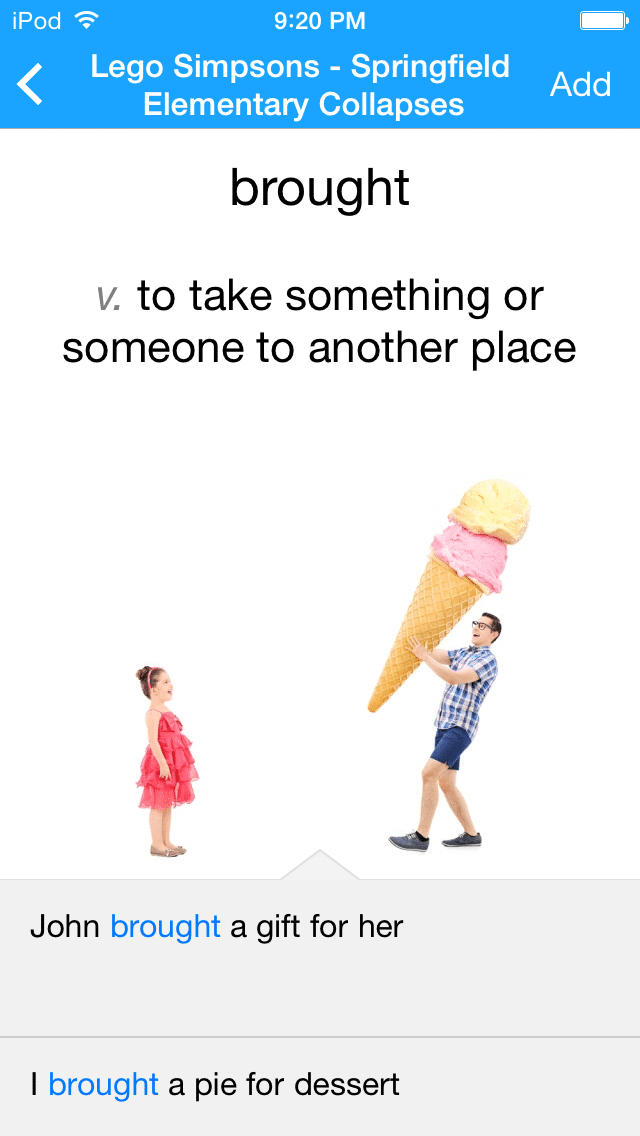
When I started my teaching career, I tried my best to implement the Flipped Classroom model. "While there is no one model, the core idea is to flip the common instructional approach: With teacher-created videos and interactive lessons, instruction that used to occur in class is now accessed at home, in advance of class. Class becomes the place to work through problems, advance concepts, and engage in collaborative learning. Most importantly, all aspects of instruction can be rethought to best maximize the scarcest learning resource—time" (Tucker, 2012). I loved this model, as did my students, but it was extremely time consuming and overwhelming. I constantly made my own videos, instead of using sites online. I quickly became burnt out and stopped.
My second year was completed without a single Flipped Classroom attempt. This year, I did a few lessons, but then became overwhelmed and stopped again. I know that this upcoming year, I will stick to it, use online resources, and complete the model. However, what is the best way to follow this model with ELL students in mind?
My Google Tags this week taught me about an application called FluentU. It brings "authentic content within reach by providing interactive captions and in-context definitions right on-screen. For example, if a student taps on the word “brought,” they’ll see this:
This interaction application provides real-time learning for students in a new way! It will also create flash cards for key and unknown words from the video! We have learned how important it is to provide students with multiple means of exposure. This app will help with just that!
Resources
Syondavis. (2020, March 23). What the Flip Is a Flipped ESL Classroom? Retrieved June 10, 2020, from https://www.fluentu.com/blog/educator-english/flipped-classroom-esl/
Tucker, B. (2017, September 12). The Flipped Classroom. Retrieved December 2012, from https://www.educationnext.org/the-flipped-classroom/
Syondavis. (2020, March 23). What the Flip Is a Flipped ESL Classroom? Retrieved June 10, 2020, from https://www.fluentu.com/blog/educator-english/flipped-classroom-esl/
Tucker, B. (2017, September 12). The Flipped Classroom. Retrieved December 2012, from https://www.educationnext.org/the-flipped-classroom/
Syondavis. (2020,
March 23). What the Flip Is a Flipped ESL Classroom? Retrieved June 10, 2020,
from https://www.fluentu.com/blog/educator-english/flipped-classroom-esl/
Tucker, B. (2017,
September 12). The Flipped Classroom. Retrieved December 2012, from
https://www.educationnext.org/the-flipped-classroom/

I have created a blog solely on apps that would help L2 students in the classroom. I have not come upon this one yet. I think I could really use this one in my class. When I am talking about a topic, we are watching a video, or a student is answering a question and an L2 learner does not understand something they could have this app open and can search for words they do not understand. That way the lesson can keep going and the student is not completely lost.
ReplyDeleteI'm glad this might help!
ReplyDelete